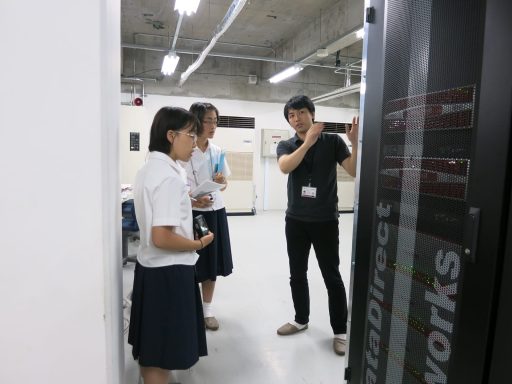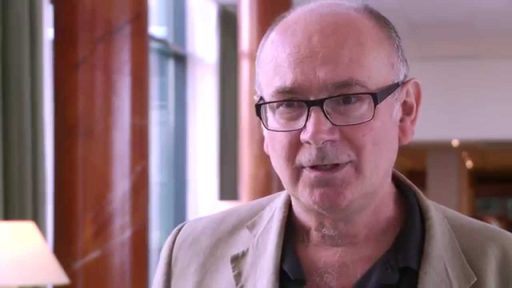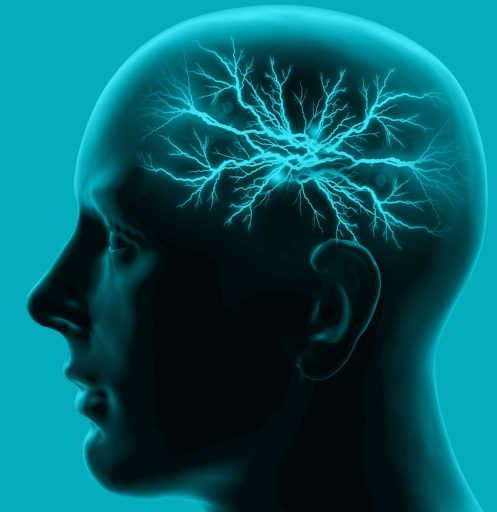Slovenian researchers analysed various aspects of the biology of extremophilic fungi, which can act as pathogens that are harmful to humans and used the same methods in their winning solution in data mining for the European Space Agency.
Genetics researchers around the globe have access to a comprehensive record of all sequenced DNA, thanks to an international effort to share massive amounts of information between databases in Japan, the United States, and Europe.
The Great East Japan Earthquake on March 11, 2011 caused significant damage to local hospitals in the disaster area, destroying medical information systems in the hospitals and losing patients’ important medical records. The losses prompted Japan’s university hospitals to jointly construct a new backup system that keeps their medical backup data in remotely located areas.
The Sanjay Gandhi Postgraduate Institute of Medical Sciences in India is a leader in the field of telemedicine, e-health and allied technologies. India’s national research and education network has been integrated within the hospital environment to improve the adoption and application of digital technologies for health.
MinE is an international project to search for the genetic causes of ALS (Amyotrophic Lateral Sclerosis), a deadly neurodegenerative disease. Thanks to an enormous computing facility and the best network connection, the MinE project can generate better results.
Swedish information scientists collaborate with global pharmaceutical company and data mining experts to forecast technologies related to intelligent pharmaceuticals.
Swedish researchers are incorporating sensitive register data in their cross-border analyses of the interaction between genetic and environmental factors for schizophrenia. Thanks to Tryggve, a new Nordic initiative to advance the utilization of sensitive biomedical data.
Five to six years ago, researchers were able to sequence hundreds of immune-system molecules (like antibodies) in the human body. Today they can sequence tens of millions.
African scientists have begun to study genomic influences on disease across their continent, and the Pan African bioinformatics network H3ABioNet supports much of their research, using videoconferencing to bring researchers together across vast distances.










